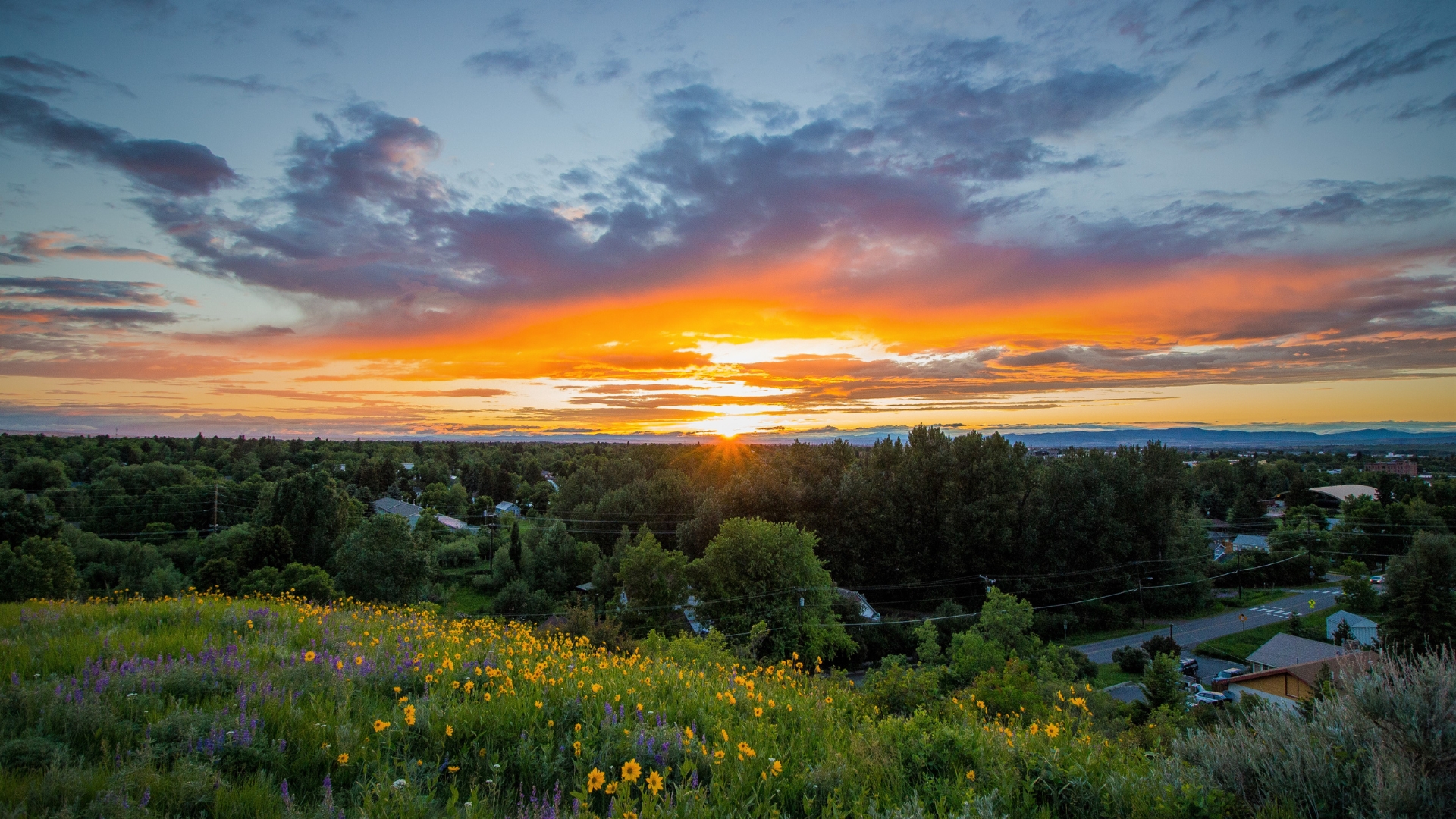The Oct. 31 AP article, “Wolves lose protections. Now, future up to voters,” tells us that Colorado’s Proposition 114, on the ballot, would direct the state to reintroduce wolves. It featured “riling Colorado livestock producers,” but failed to note that, in the Northern Rocky Mountain states of Idaho, Montana, and Wyoming, losses of cattle to wolves in 2015 amounted to 1 in 10,000; sheep, 3 in 10,000. And, “Hunters worry they’ll decimate herds of elk and deer.” There are more elk in each of those three states now than in 1995, when wolves were restored.
After 800,000 years in North America, wolves have had plenty of time to “decimate” elk, deer, and even bison, but 400,000 wolves failed to kill off the tens of millions of bison, and were seen by
Lewis and Clark as “faithful shepherds” of the buffaloes. Colorado outfitters can relax. Idaho’s Outfitters and Guides Licensing Board director reported in August that there had been no decline in
outfitters there in the last 10 years.
AP notes that opponents tout a handful of wolves (three of which have already been poached) make it unnecessary to reintroduce them. Deja vu. A few reports of “wolves” were cited by opponents of wolves in the Northern Rockies and Yellowstone, too. No population developed in several decades, so reintroduction was chose to restore them. Further, a freefire zone in the lower 85% of Wyoming assures that few dispersers will make it to Colorado.
Too many people in Colorado to accommodate wolves? The Northern Rocky Mountain area where wolves live has a population density of 12.4 people per square mile. Colorado’s Southern Rocky
Mountains have a population density of 12.1 people per square mile.
Those who don’t read history are doomed to repeat it.
Norman A. Bishop
Bozeman
Bozeman Daily Chronicle Letter to the Editor 11/12/20

